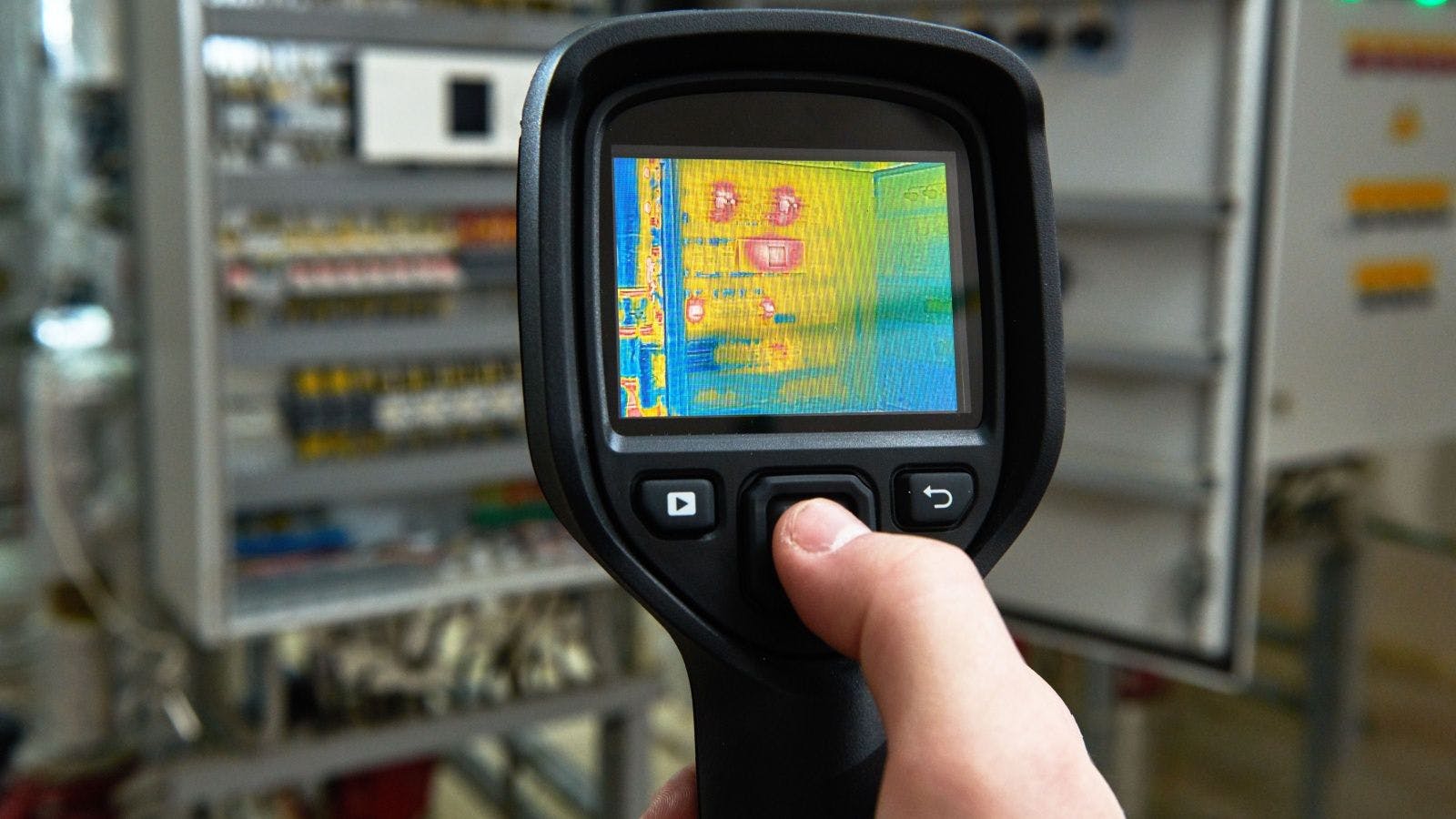Emerging Drone Applications in Heavy/Highway Construction
From bid preparation through project development, completion and maintenance, drones offer ways to speed results and reduce costs on heavy/highway construction projects.
Planning, Bidding and Estimating
In the bidding process, drones can quickly capture data required for 3-D contour planning. A contractor can program a GPS matrix for the drone and it will come back with one million data parts per acre, which facilitates the creation of detailed topographic maps with images. As a result, contractors gain a better upfront understanding of projects, including any unique challenges they pose. Factoring these considerations into the bid improves the accuracy of the estimate. Contractors can price projects quickly and, by saving time, conceivably compete on more projects.
Excavating and Blasting
Sensors and surveying equipment attached to drones can capture details on density and rock formations for blasting purposes. Contractors can view pre- and post-blast data to track progress, as well as identify misfires and damage. By having drones routinely fly by blasting and excavation sites, contractors can survey rock and monitor progress with greater precision and timeliness.
Asphalt Monitoring
Drones are being used to measure and monitor stockpiles at asphalt plants, including volume and movement of materials. Whether checking the status of an existing quarry or examining new quarry sites, drones can be programmed to monitor a 50-acre stockpile or quarry in about 20 minutes. Contractors receive accurate data on the status of a stockpile and monitor it on a daily basis. By eliminating the need for manual assessments, drones provide an efficient alternative for monitoring activity and flagging issues early on that might cause delays.
Road and Bridge Maintenance
For bridge maintenance, drones not only can compress the time required for assessments, but also may reduce manpower and equipment needs. For instance, they can eliminate the need for the five or six workers otherwise required onsite and limit the deployment of heavy equipment. With respect to the type of drone required, quadcopters may be best suited for bridge maintenance inspections because they can hover, take still images and access tight spaces.
Yet, these drones don’t work well for road maintenance. Quadcopters typically have only a 25- to 30-minute battery life. When several miles of roadway must be checked for potholes, damage and required repairs for budgeting purposes, a fixed-wing drone is more appropriate. These drones typically have 50 minutes of flight time, can cover more ground and provide more data.
Ownership Vs. Outsourcing
Although drones can capture a great deal of data, many contractors lack the technology infrastructure to analyze and use it. Examine the firm’s overall technology capabilities and expenditures needed to provide system enhancements or upgrades required to analyze and manipulate data captured by drones.
Some drone manufacturers are beginning to offer turnkey services that combine sensitive tools to capture information with resources, such as cloud computing or reporting metrics, to analyze and deploy it. Thus, contractors soon may be able to purchase drones fully equipped with off-the-shelf hardware and accompanying software to perform all required analytical functions.
Of course, cost is a key factor. The benefits of greater accuracy and speed on bids, along with the potential to bid on more projects, must be weighed against drone operating costs, which will be added to the bid price.
Contractors choosing to own drones must insure them, as well as their expensive surveying and camera equipment. Then, they must pay individuals with appropriate licensing and expertise to operate the drone and have the back-end technology in place to perform related data analytics.
On the other hand, contractors outsourcing drones may be able to obtain turnkey services that provide the required output; however, they still must make sure providers have appropriate licensing and insurance, understand the contractor’s needs and have adequate experience in highway construction.
Risk Management
The use of drones for project planning, bridge and roadway inspections, among other activities, reduces the need to deploy personnel for high-risk assignments, which may enhance a contractor’s safety program. At the same time, owning a drone or contracting with a drone operator still requires ensuring the drone is operated safely and in compliance with regulatory requirements.
First and foremost, U.S. drone operators must have an appropriate permit from the Federal Aviation Administration or be under the supervision of someone with a permit. In the United States, there is currently no federal insurance requirement; however, any firm operating a drone should have at least $500,000 to $1 million or more of aviation liability insurance. With respect to insurance, commercial general liability (CGL) insurance policies typically exclude coverage for aviation risks. As a result, drone operators need to obtain either an endorsement to their CGL policy for aviation liability coverage or a standalone aviation liability policy.
Contractors outsourcing drone services should check the provider’s certificate of insurance to make sure it has adequate coverage specifically for aviation liability. As is standard practice with other subcontractors, the provider should be named as an additional insured in the insurance policy.
While large contractors may be best positioned to absorb the costs of drone ownership and the back-end technology required for analytics, smaller contractors may begin outsourcing drone providers for surveys and assessments to help in the bidding process. However, once the project is up and running, these contractors may evaluate what’s required and determine whether traditional methods make sense until more outsourced drone providers can offer back-end analytical services.
Jeffrey McCann is vice president of digital strategy at Vancouver-based Shaw Sabey & Associates, a partner firm of Assurex Global. For more information, email jmccann@shawsabey.com.
Related stories








